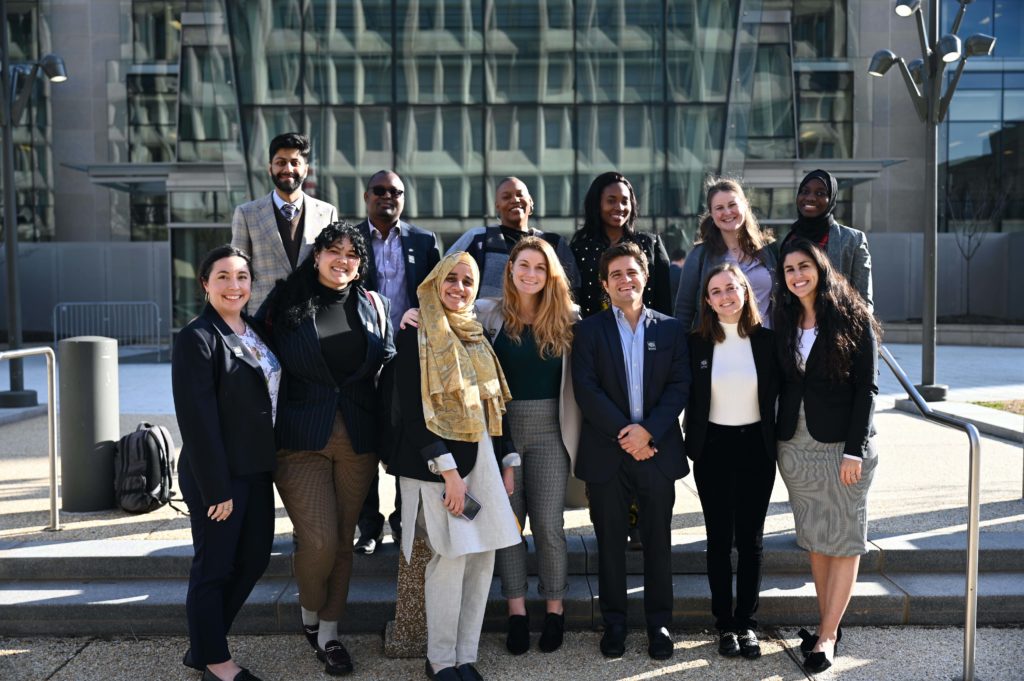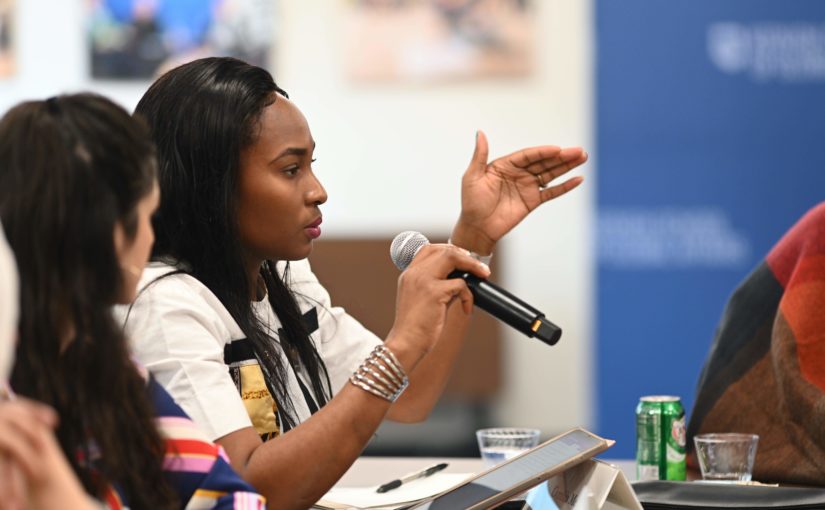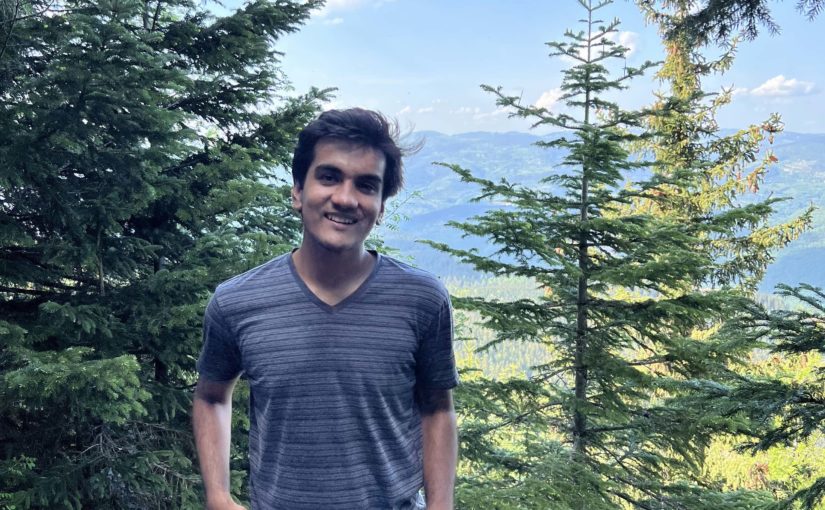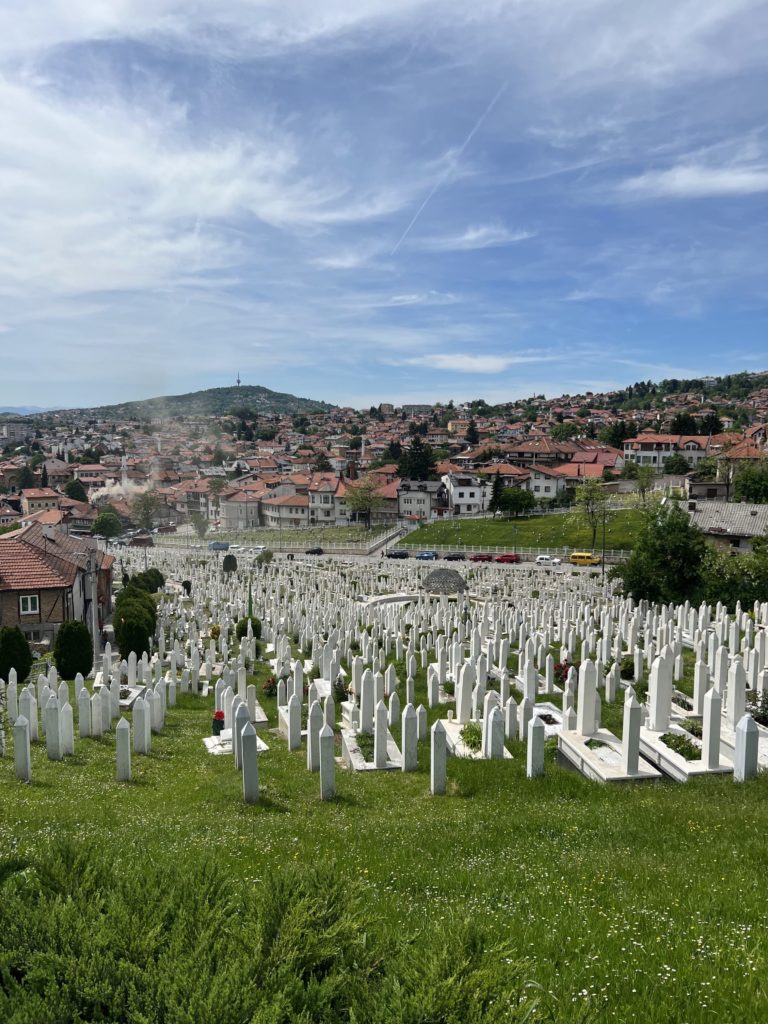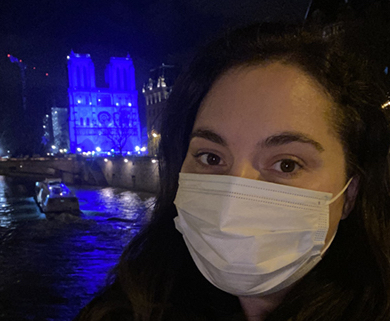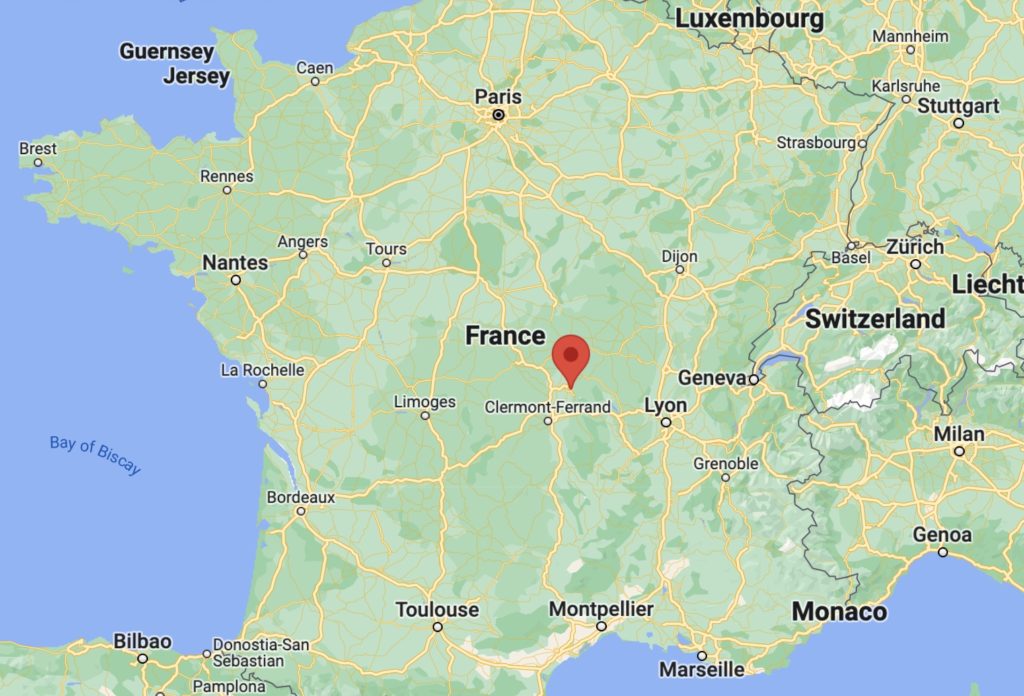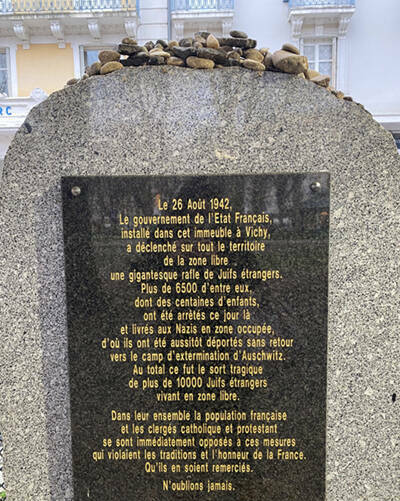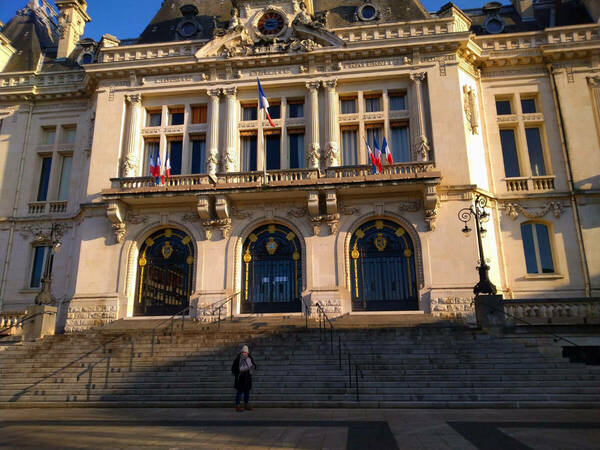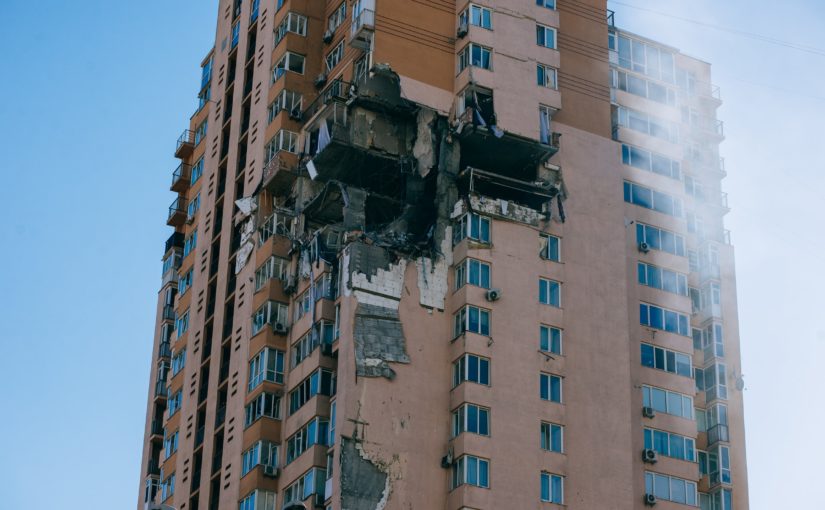By: Cynthia Mene
Before coming to Notre Dame, I enjoyed a successful career in social entrepreneurship in Nigeria. Shaping policy was not on my radar until two years ago when I encountered the Nigerian “EndSARS” movement and protest: an outburst of discontent due to social inequality, poverty, unemployment, and bad governance. As my career as a social entrepreneur has begun to evolve, I was inspired to shape policies and become an all-around leader—someone not just informed by basic social innovation concepts, but also driven by a sense of purpose to reduce inequality of access and opportunity around the world.
Thanks to a DC Immersion and Policy course made possible by the University of Notre Dame’s Keough School of Global Affairs and taught by Professor Maura Policelli, I participated in a semester-long, top-notch training course. The highlight of this international development policy course was my visit to Washington, DC, over spring break to engage with policy experts and key actors in government agencies, non-governmental organizations, think tanks, and Capitol Hill offices. I’d like to share 5 main takeaways from my experience in this course.
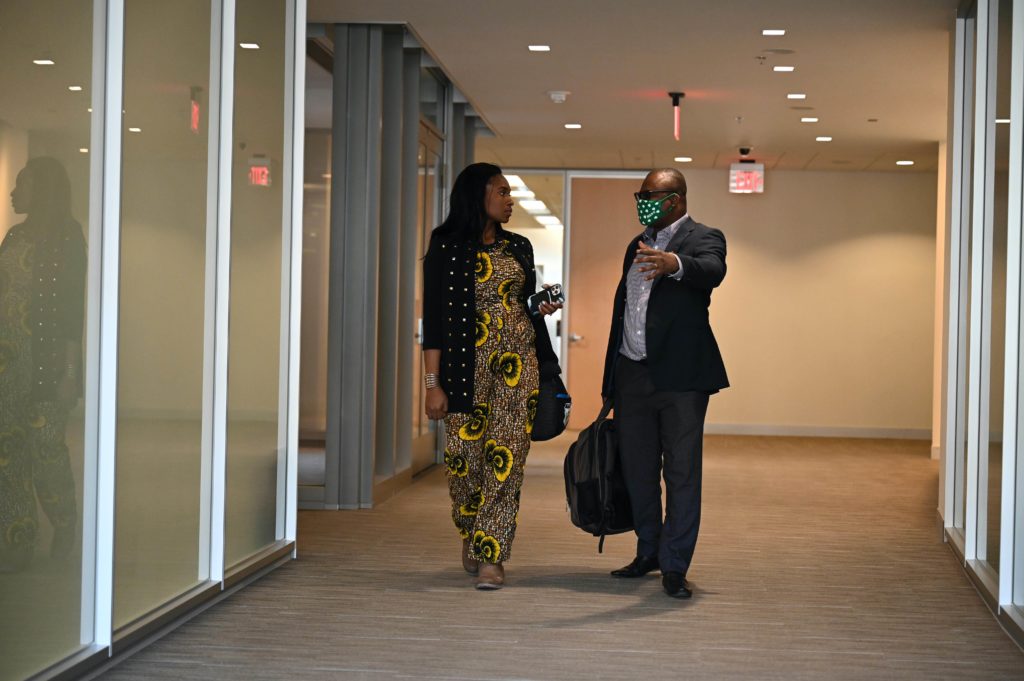
Five (5) things I learnt about how to effectively shape policies:
- What issue are you trying to solve?
Clarify the policy topic you wish to address and conduct research on the policy issue, theme, or system you wish to reform. As much as we care about solving so many global problems, the key to attaining success, as an entrepreneur would, is to zero in on a specific and unambiguous issue. For me, I was perplexed by the unfair distribution of the COVID-19 vaccine throughout sub-Saharan Africa. This life-saving vaccination must be distributed equitably for nations to have safe reintegration into economic and social activities.
- Know your audience
Identify who has the power to enact a policy change. A person who can influence your target audience directly or indirectly, such as an advisor, a respected commentator, a media outlet, or a renowned academic. Know the routes to the people or organizations you need to influence and build relationships with them. In preparation for my policy issue, I drew up a stakeholder map and reached out to a number of important stakeholders and organizations via email and LinkedIn. In particular circumstances, an interlocutor (a person with a connection to the person you intend to contact and who introduces you on your behalf) facilitates the introductions. Professor Policelli acted as my interlocutor by connecting me to key people in the Washington, DC area and proactively supporting me in enhancing the quality of my messages and connection emails. I was able to meet with individuals such as Mr. Robert Nabors, Director of North America at the Bill and Melinda Gates Foundation in Washington and former Deputy Chief of Staff to President Barack Obama. During our conversation, I gained additional insight into how to approach my policy topic.
- Build Relationships and Networks
Be deliberate in building relationships and networking. People are more willing to help you than you imagine, so be bold in your networking efforts. Policymaking is intricate and dynamic, involving a lot of different people and moving parts. Policy formulation nonetheless has its own formal and informal rhythms. From my understanding and experience, relationships make things work. I have actively engaged in not only building relationships and networks but also actively keeping track using a spreadsheet template I obtained from Erik Oswald (Keough School Career Consultant) and intentionally following up as necessary. You will increase your impact if you collaborate with people, build trust, and develop a joint plan.
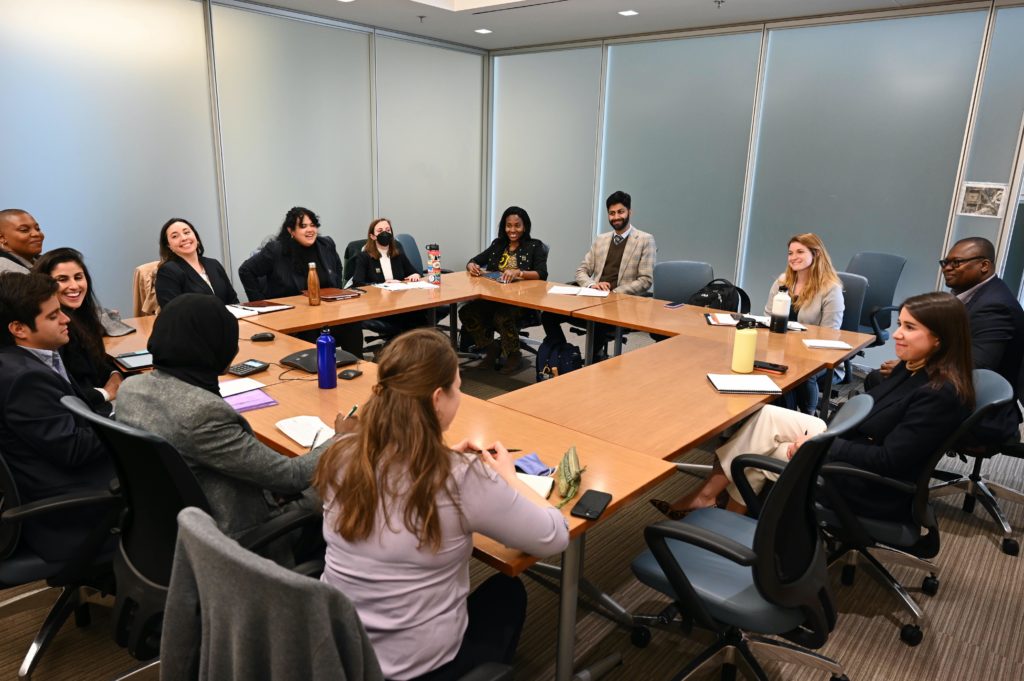
- Policy Advocacy
First, the three pillars of effective policy advocacy consist of the ask, the target, and the message. Your ask should be very clear and concise, avoiding the use of technical language. Next, consider the types of activities and platforms your audience will engage with most effectively, such as conferences, press releases, and/or social media challenges. Lastly, a successful campaign demands an abundance of creativity and innovation in its messaging. You must therefore surround yourself with the right individuals and invest in your campaign’s messaging and outreach. Know the space and the influencers. Participating in a mentorship session with Subject Matter experts exposed me to some of the most effective policy advocacy and lobbying strategies.
- Shaping Policy Takes Time. Be Patient
There is no one right path. Plan with an open mind and be adaptable, because influencing policy requires time and effort. Deconstruct your plan and be realistic about what you can do. Frequently, it can be a lengthy process with no immediate impact. But persevere with it. Don’t forget to record and acknowledge the tiny victories. In addition, maintain engagement with your target audience and stay current on the decision-making process.
Taking this course and exploring policymaking processes has equipped me with a solid understanding of global issues, as well as pertinent solutions and expert knowledge in critical areas for reducing inequality and fostering sustainable growth. In this regard, the Keough School of Global Affairs has equipped me to continue my evolution from a successful social entrepreneur to a leader in shaping global policy
